18 Children’s Books About The Scientific Method
If you teach science, there’s a good chance you begin your school year by teaching the scientific method. In my opinion, there’s nothing better than incorporating picture books and chapter books into your instruction, and as I’ve been building up my collection of books, I’ve found some great options for books on the scientific method. There are a variety of books in this list, and they’d all be great resources to have available for you to use as a teaching tool, or to have available for your students to read. If you have any favorites that aren’t listed here, let me know what books you like! I’m always looking for new books to add to my collection!

11 Experiments That Failed by Jenny Offill
This is one of the first books on the scientific method that I added to my collection. I’ve had it a number of years, and it’s always a favorite with my students! In this book, the unnamed main character tests a bunch of crazy and ridiculous experiments to see what works and what doesn’t. Each experiment is broken down into the question, hypothesis, materials needed, steps to follow, and a recap of what actually happened. There’s no dialogue in this story though there are pictures that take us through what’s happening. Even without the dialogue, it’s easy enough to follow the pictures and it’s a lot of fun to read. I also really like how the pictures are made with mixed media and many of them look like excerpts from a journal. The experiments in this book are broken down into five categories: experiments with food, animals, motion, perfume, and household objects. This book is a winner in the classroom!
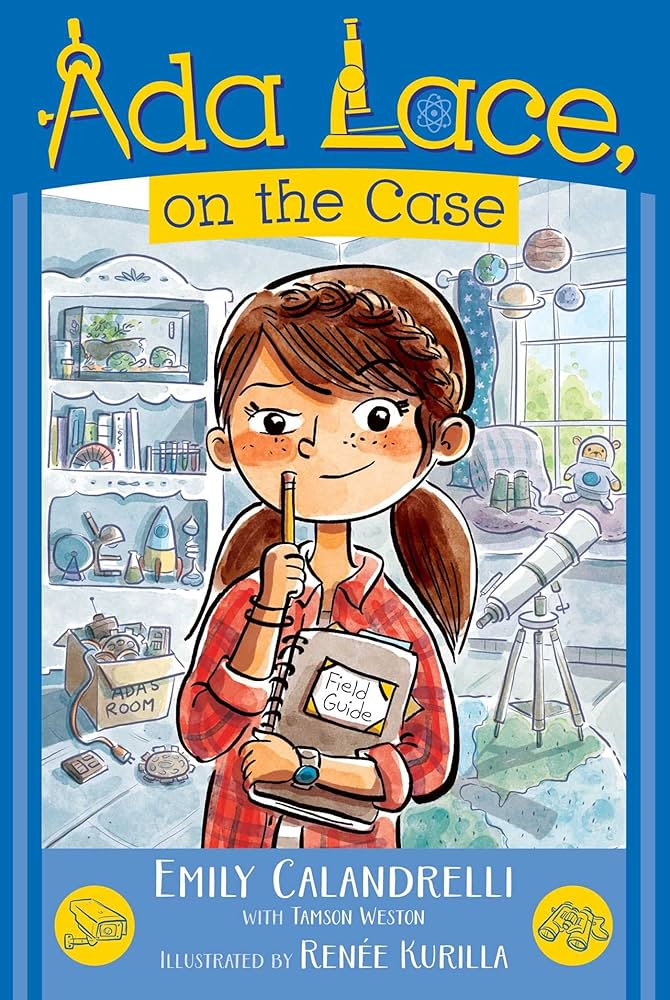
Ada Lace, on the Case by Emily Calandrelli
This book is written by Emily Calandrelli, who you may have seen on social media by the name The Space Gal. She’s a scientist who wrote this book for young science lovers. In this first book of the series, Ada has moved to a new state and her neighbor’s dog goes missing. Ada sets out to solve the mystery of the missing dog using lots of observation and science. There’s so much science woven throughout this story, and the author even included a “behind the science” section at the end to give readers more information on the science topics discussed in the book. There’s a video on Youtube of the author reading this book herself. It’s a fun video that would be a different way to share this story with your students, as she shares some insights on why she wrote the story the way that she did.

Cece Loves Science by Kimberly Derting and Shelli R. Johannes
Cece is a very inquisitive child who is tasked with investigating a topic she is curious about for her science project. With her best friend and science project partner, they come up with a question, make observations, test their experiment, interpret their data, adjust and run the experiment again, and share their conclusion. This story has some great pictures that will keep young readers engaged. There are also images of the worksheets they fill out to guide them through their project. The end of the book has some science facts that explain a variety of science terms and people important to know!
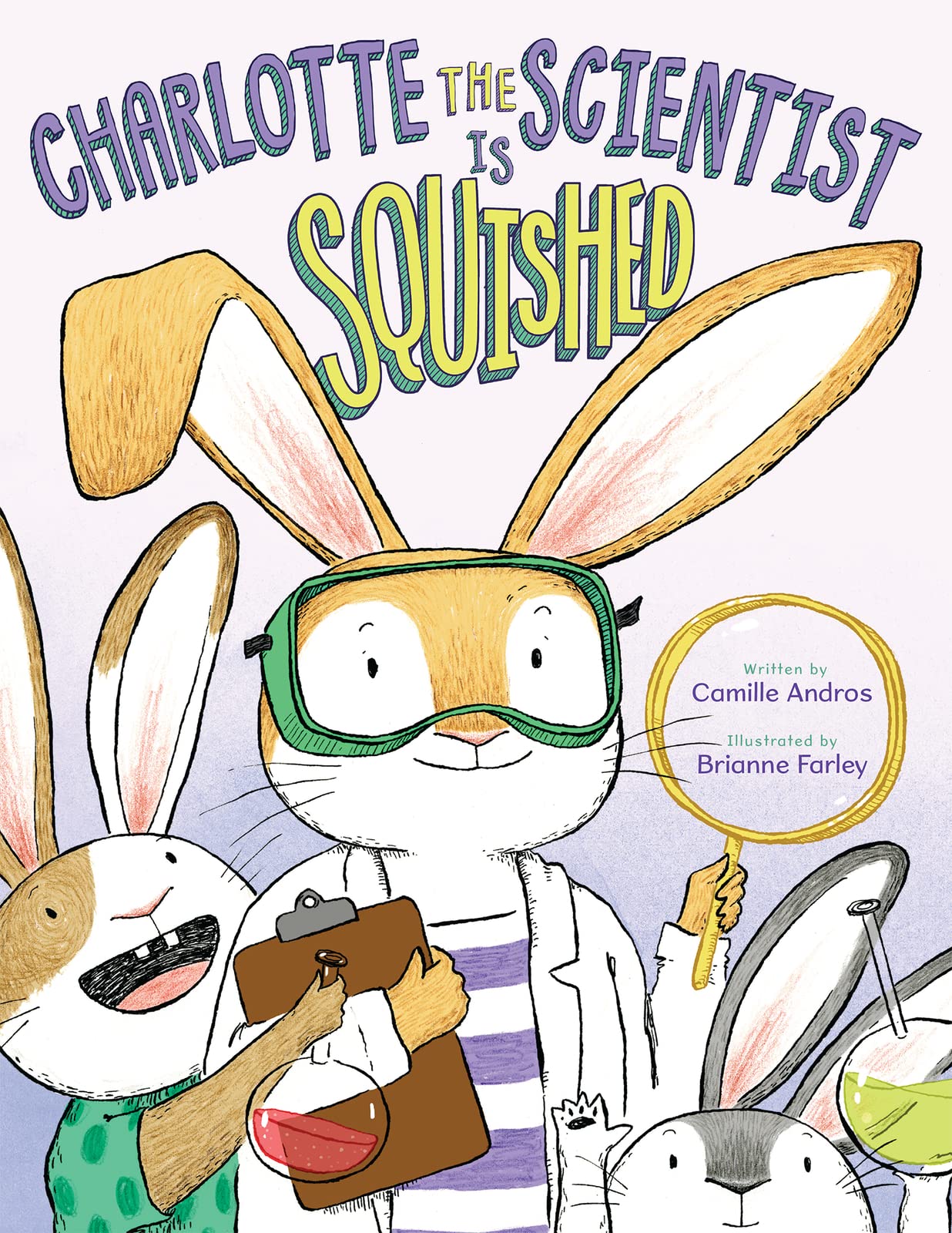
Charlotte the Scientist is Squished by Camille Andros
In this book, Charlotte the rabbit is squished in her own house. She decides to use the scientific method to figure out how to get more space. As she moves through the scientific method, we see Charlotte failing at some of her tests, which can create good discussions in the classroom. We even see Charlotte circle back to form a new hypothesis when she decides that what she thought she wanted wasn’t actually what she wanted.
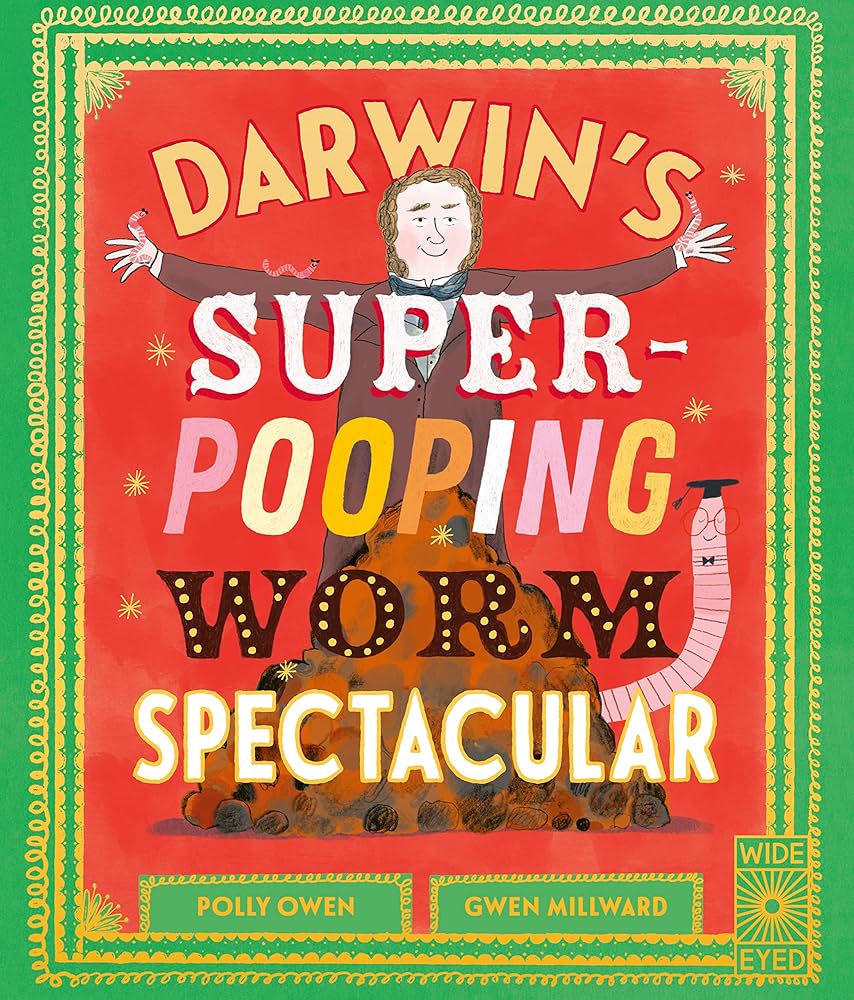
Darwin’s Super Pooping Worm Spectacular by Polly Owen
With a title like this, you know students will be drawn to this book! While this book doesn’t explicitly share the scientific method, it does a good job of showing Charles Darwin go through a variety of tests and experiments, which can lead to rich discussions in the classroom. Not all of our first tries will work! In this story, Darwin is trying to prove to others that worms are more than just pests, so he sets out to find what their superpower is! Along the way, we learn some fun and interesting facts about worms, all told from the POV of the professor worm on each page! In the end, we find out how the worm’s seemingly disgusting superpower is actually something that is helpful and beneficial to us!

Dragons and Marshmallows: Zoey and Sassafras Series by Asia Citro
The award winning Zoey and Sassafras book series is written by a former science teacher. In this book, Zoey learns that she is just like her mom – they both have the power to see magical creatures. And they must take care of injured animals! So when Zoey needs to take care of a baby dragon, she resorts to her new science journal and her knowledge of the scientific method to help her figure out the best way to help the dragon. This is a fun story, and would be a great addition to your library!
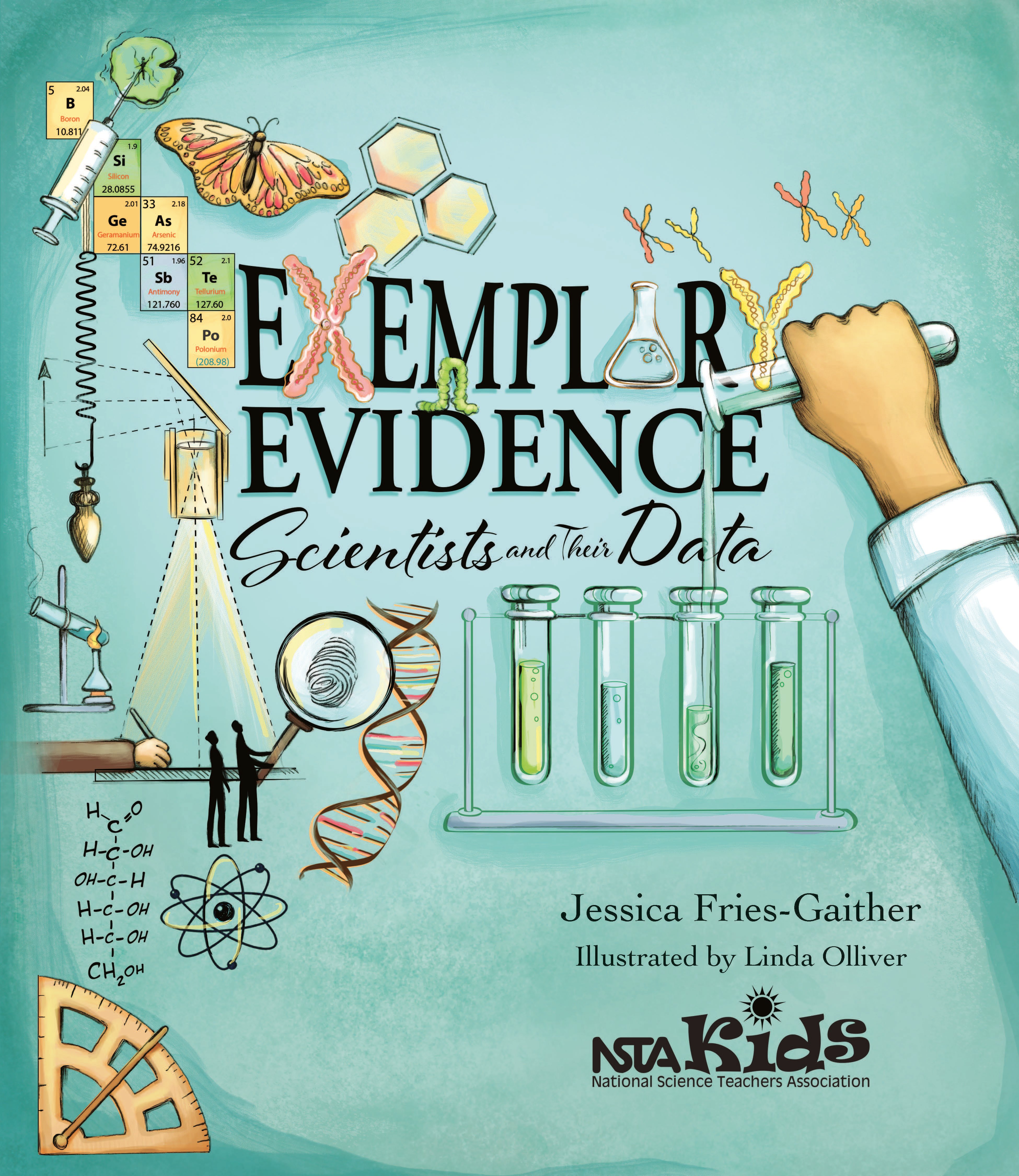
Exemplary Evidence: Scientists and Their Data by Jessica Fries-Gaither
Written in rhyme, this book introduces us to a variety of scientists and the data they collected and learned. This book does a great job of breaking down what to do with the data that we collect from an experiment. At the end of the book, it shows us what it looks like to collect our own data. This book is very informative and it will teach your students a lot. This would also be a great book to use while introducing new scientists – or to kick off a project where students have to research a scientist!

Fairy Science by Ashley Spires
This book written by the author of the popular story The Most Magnificent Thing, introduces us to Esther, the only fairy in Pixieville who believes in facts and data over magic. Esther sees things differently than the other fairies, which gives her the opportunity to teach them about the scientific method, as well as other science topics. The fairies will draw many of your students to this book, but hopefully they’ll stay for the science!

Harlow Has a Hypothesis: Explaining the Scientific Method by Dr. Kevin Boldt and Dr. Kristen Barton
Harlow, a curious young scientist, is always asking questions. So when her dog starts barking, she naturally wants to figure out what is causing the barking. Harlow employs the use of the scientific method to help her figure out this mystery! Readers can follow along with Harlow as she tests out her hypotheses.

How Do Scientists Ask Questions?: A Book About the Scientific Method by Madeline J. Hayes
This book breaks down the scientific method for young scientists in a way that is easy to read and understand. The pages are full of illustrations giving the reader a lot to look at as they dive into this book. This would be a great book to introduce the concept of the scientific method. And if your young scientists like this book, there’s a whole series of these for a bunch of other topics!

Jaden Toussaint, the Greatest: The Quest for Screen Time by Marti Dumas
Jaden Toussaint absolutely hates reading. He’s the only person in his family who doesn’t enjoy a good book – and this is one reason that I think kids can potentially relate to his character. In his quest to have more screen time, he uses the scientific method to discover the best way to make that happen. He even wrote a petition and collected signatures from classmates. This book is presented in a fun way. There are a lot of pictures and every page is totally different in format. I think kids will really enjoy this one!

Mad Margaret Experiments with the Scientific Method by Eric Braun
Mad Margaret, who loves science, sets out to help her friend find out why he keeps sneezing. This book breaks down the scientific method as Mad Margaret moves through the steps, and it clearly shows the reader which step Mad Margaret is currently investigating. The fun and colorful images in this book are sure to keep readers engaged.

Marsha Is Magnetic by Beth Ferry
I stumbled across this book when I was looking for books on magnets – but it’s perfect for the scientific method! It’s actually one of the most explicit stories I have found on this topic! In this book, Marsha needs to invite friends to her birthday party. The only problem is that Marsha isn’t popular. So she uses the scientific method to study one of her classmates to figure out how she is so popular. Working through each step of the scientific method, Marsha is determined to find friends to invite to her party. I personally really love the pictures in this book, and the story can create some rich discussions in the classroom about friends. There are also some fun and informative science facts sprinkled throughout this story. If you can only get one book about the scientific method, I encourage you to consider this one!

Mesmerized: How Ben Franklin Solved a Mystery that Baffled All of France by Mara Rockliff
This book is probably more suited for slightly older readers, as the content is a little bit higher level and the pages are a bit busier in nature, but it’s still a wonderful addition to any classroom! Ben Franklin is known for his famous kite experiment where he learned that lighting was the same as electricity. This book shows you the steps of the scientific method as they relate to Ben Franklin’s experiment. Then, we meet Dr. Mesmer, who couldn’t be more different from Ben Franklin. Dr. Mesmer claimed he had discovered this new force, but nobody could figure out what it was or how it worked. Until Ben Franklin used the scientific method to disprove this new force. This is a new to me book, and it’s now one of my favorites! The story is fun and the illustrations are incredible. This is one you definitely want to consider adding to your classroom!
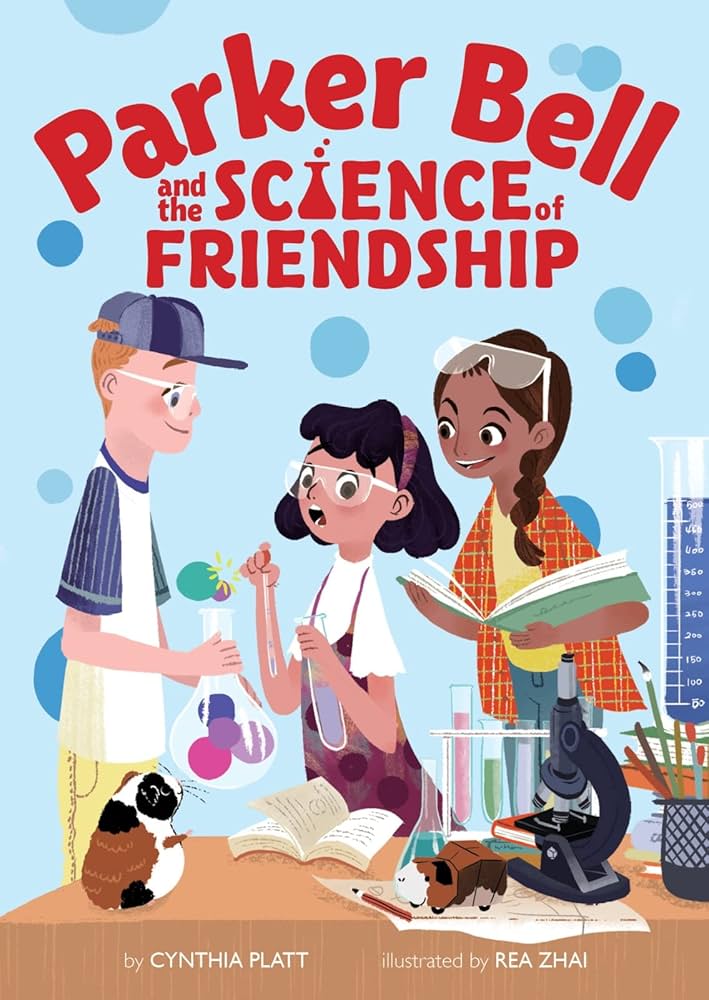
Parker Bell and the Science of Friendship by Cynthia Platt
Parker Bell is trying to win the Science Triathlon at her school and along the way, she uses the scientific method to help her do everyday tasks, like deciding what to wear to school. This realistic fiction story is very relatable for students and I think it’s one they would enjoy a lot!

The Princess and the Petri Dish by Sue Fliess
While not explicit with the scientific method, this would be a fun book to include in your instruction. You can work with your students to find the various aspects of the scientific method within this story. In this book that’s written in rhyme, Princess Pippa loves science more than anything. And she absolutely hates peas. So she sets out to create a new pea that tastes good. At first, her experiment worked, but then she had to go back and fix things that didn’t work out like she wanted. This is a fun mix of science and fantasy!

The Runaway Robot: Wednesday & Woof Series by Sherri Winston
This full color, early chapter book would be a great addition to your library. When a robot and a hamster both go missing before the school science fair, the students work through the scientific method in order to try and find them both. I really like that some of the chapters end with questions to make the reader think more about the story. And this is one of a series of books about Wednesday and her dog Woof, so if your students enjoy this one, there’s more for them to read!

The Science of Breakable Things by Tae Keller
This book is the highest level of story that I’ve included in this list, and it is a bit heavier in topic as well. There are 42 chapters in this book, although they’re not long chapters, and they’re broken down into groups organized by the steps of the scientific method. In this story, Natalie’s teacher tasks the students to document their own scientific journey over the course of the school year. Throughout Natalie’s journey in this book, we learn that Natalie’s mother is dealing with depression. Natalie decides to try to use the same scientific method she uses in class to help her mother. She also learns some valuable lessons along the way.

As an Amazon Associate I earn from qualifying purchases made with the links above.
